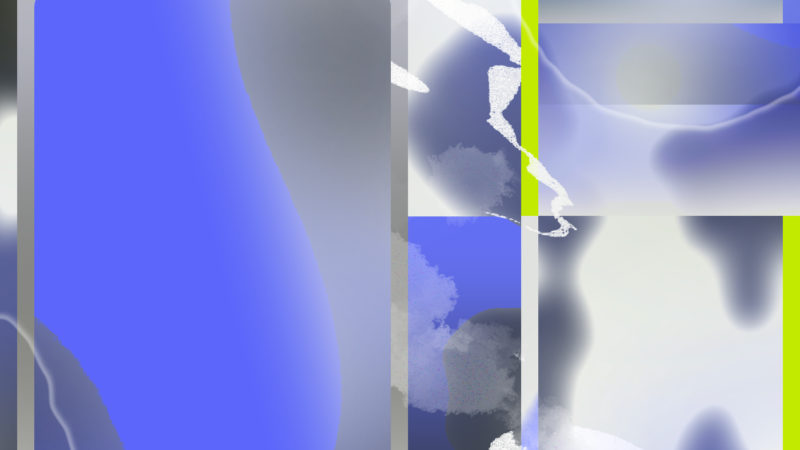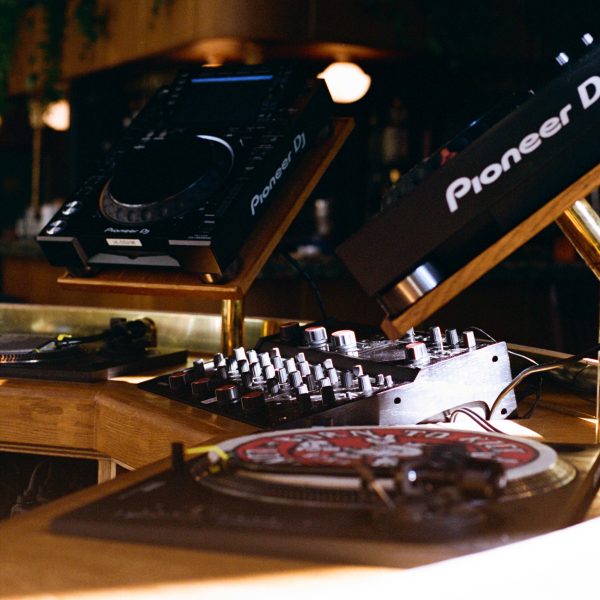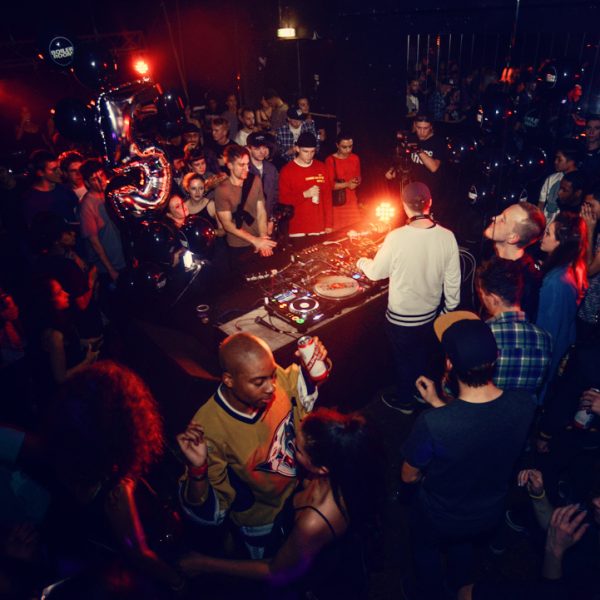Striking that balance can be challenging, and artist burnout continues to be a serious issue, but having the right support team can help to ease the burden. “My approach genuinely has always been don’t do too much, restrict the supply, keep the demand high, and don’t overwork yourself,” said Triple Threat’s Gale. “The music speaks for itself, and if it is promoted correctly when it comes out, you can go quiet for a few months and then come back.” Artists may think they need to be doing something—and publicizing it—all the time, but Gale sees that mentality as not only unhealthy but unnecessary, at least when management is doing their job properly. “If you’re placing other bits in between major events and milestones,” she explained, “it never feels quiet, even though your artist could be just touring and maybe writing a few tunes.”
As a label head, people might expect Flannigan to seek out every possible monetization opportunity, but he actually loathes the idea of pushing artists into activities they’re not comfortable with. “As the label, we’ve got to work out what the model is,” he said. Although artists certainly have a role to play in marketing and promotion, Flannigan sees the heavy lifting as his responsibility. “As long as the core intellectual property is really good and the music is great,” he said, “then you should be able to find the right ways to exploit it.”
At the same time, if artists aren’t willing to do more than make tunes and play shows, they ought to be realistic about their expectations, especially if they’re just starting out. Elijah, who made waves last year with a daily series of thought-provoking, industry-focused posts on Instagram (a practice he’s resumed in 2022) is one of the few people who’s willing to speak hard truths and publicly dig into the numbers: “With British artists I say, ‘This is a list of every city in the UK you can play.’ If you are the hottest act in the country, there are 33 cities you can play once a year, tops. Then what? There are 330 days left in the year.” COVID restrictions have made expansive tour plans impossible, so when it comes to gigs artists may be forced to think locally for a while, a challenging prospect when only a handful of cities in most countries have consistent niche music nights.
It doesn’t help that much of electronic music doesn’t have what Elijah describes as “accessible touch points for the average person.” He rhetorically asked, “If someone doesn’t want to sit down and listen to your two-hour NTS show, how the fuck would they interact with you?” That doesn’t mean that he thinks every techno artist should suddenly become a TikTok personality or launch their own subscription service, but new avenues should at least be considered, and for what it’s worth, he does see the subscription model as a particularly worthwhile endeavor. “It’s the best system because it’s self-reliant and it’s honest,” he said. “The nature of the music industry is entertainment and mystique, but if you can just say, ‘Hey, I’m putting out work, this is where it’s going to be,’ that’s a very transparent way of doing things, and I like that.”
Subscriptions aren’t for everyone, as Triple Threat’s Gale is quick to advise her artists. “If you’re going to be very successful on any sort of subscription-based model,” she said, “you have to be very committed to saying, ‘OK, I’m going to do a mix every week,’ or something else like that, and it’s a lot”—especially when many artists already have so many things on their plate. Moreover, launching subscriptions also requires artists to swallow their pride, at least initially, because there’s a perception out there that few things are less “cool” than directly asking fans for money. “Even people that do YouTube,” said Elijah, “they have to start from zero… they have to do that in public. It’s uncomfortable at first, but the artistic community has got to foster that zero being an acceptable part of the process.”
Some artists may resent the idea of diversification, but it seems likely that music—and culture in general—is headed in that direction. “My favorite artists are people that do a lot of different things,” said Martyn. “They write a little bit, they design clothing, they make music. Their lives are the art.” Elijah mentioned the late Virgil Abloh as someone who paved the way for a new sort of artistry. “A lot of people didn’t like the way he did stuff, but actually the modern creator is going to look more like him than anyone else,” he said. “He was literally a DJ, and did that on top of all this other stuff. He used that medium to communicate what he was selling to the rest of us.”
Looking to the future, one thing is clear: the music landscape will almost certainly be much different from the one that exists today. “There was a period of time for 30 years when an album was the format,” said Elijah, “and now the format is the artist, whatever they choose to do.” Multi-hyphenate creators are often celebrated as rare or unique these days, but younger generations are already enthusiastically embracing a borderless model of expression, casting aside traditional genre boundaries and unashamedly trying their hands at wildly diverging artforms.
“No one’s going to be interested in just a techno DJ playing techno,” hypothesized Elijah. “You’ll probably see something like a techno/skater/painter, and the art they create and the community around them will be interesting, because it’ll be something that we haven’t seen before. The most interesting DJ/producers will maybe only release a song per year or one song every couple of years, but their work that you see day to day will be the point of interest.”




